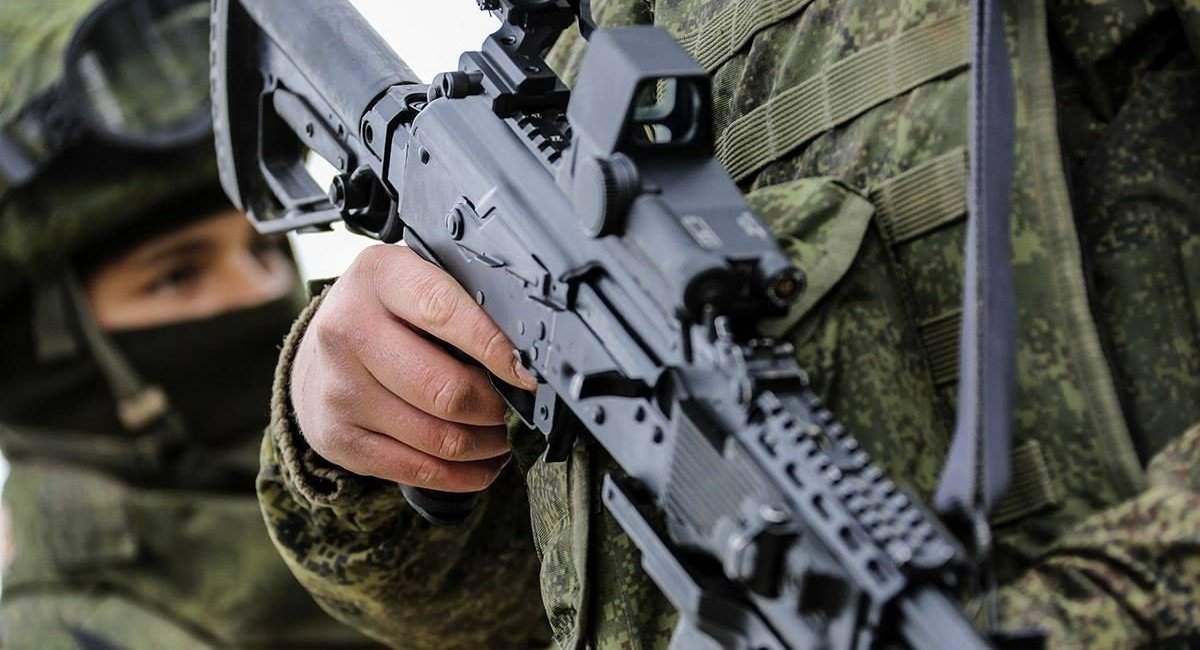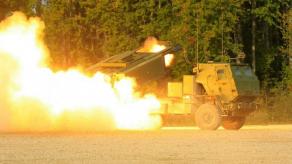Up to 500 troops taken to the army under the "partial mobilization" in russia have departed to replenish the losses of the 49th Combined Arms Army currently fighting in Ukraine, according to the report from the General Staff of the Armed Forces of Ukraine.
In addition to Soviet helmets and flak jackets, they received AK-12 rifles of the 2012 sample, which were called off for another "modernization" after a few weeks of use in Ukraine.
Read more: Russia Face Problems With Their “Answer to the US M4” AK-12 Assault Rifle, russian Troops Switch It to Common AKMS
"The experience of its combat use during the hostilities in Ukraine turned out so negative that after mere weeks of real operation, there was a proposal to actually de-modernize this type of weapon," says the military report.
There were problems with reliability and silencer compatibility that made even troops of special forces switch to the old AKMS instead, which we covered earlier.
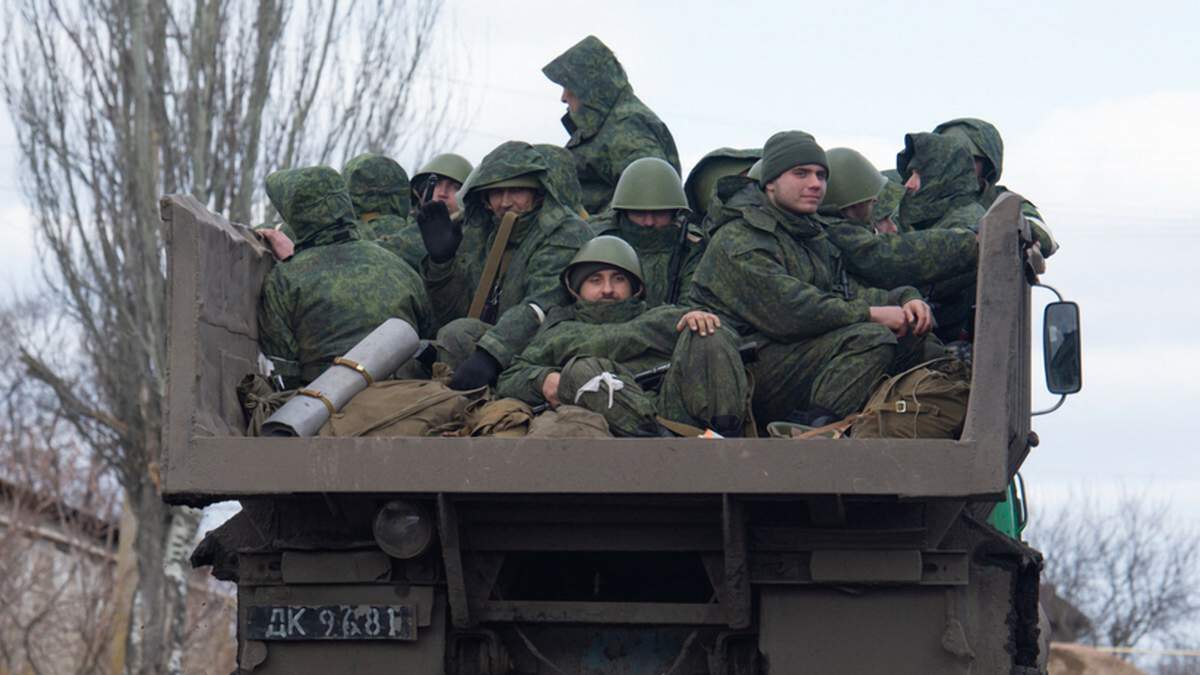
The need for new fundamental changes to the AK-12 construction were voiced out by the new CEO of the "Kalashnikov Concern" Vladimir Lepin, appointed last year. He said, the experience of using the AK-12 by russian troops in Ukraine this March caused russian defense ministry’s Main Missile and Artillery Directorate (GRAU) to issue proposals for "further improvement" of the automatic rifle.
But what actually was behind these words is to discard the two-round burst firing mode which was its main feature and bragged upon when russian media compared the AK-12 to the American M4.
The firing mode selector itself will be made in a way that provides comfortable switching from both sides of the rifle.
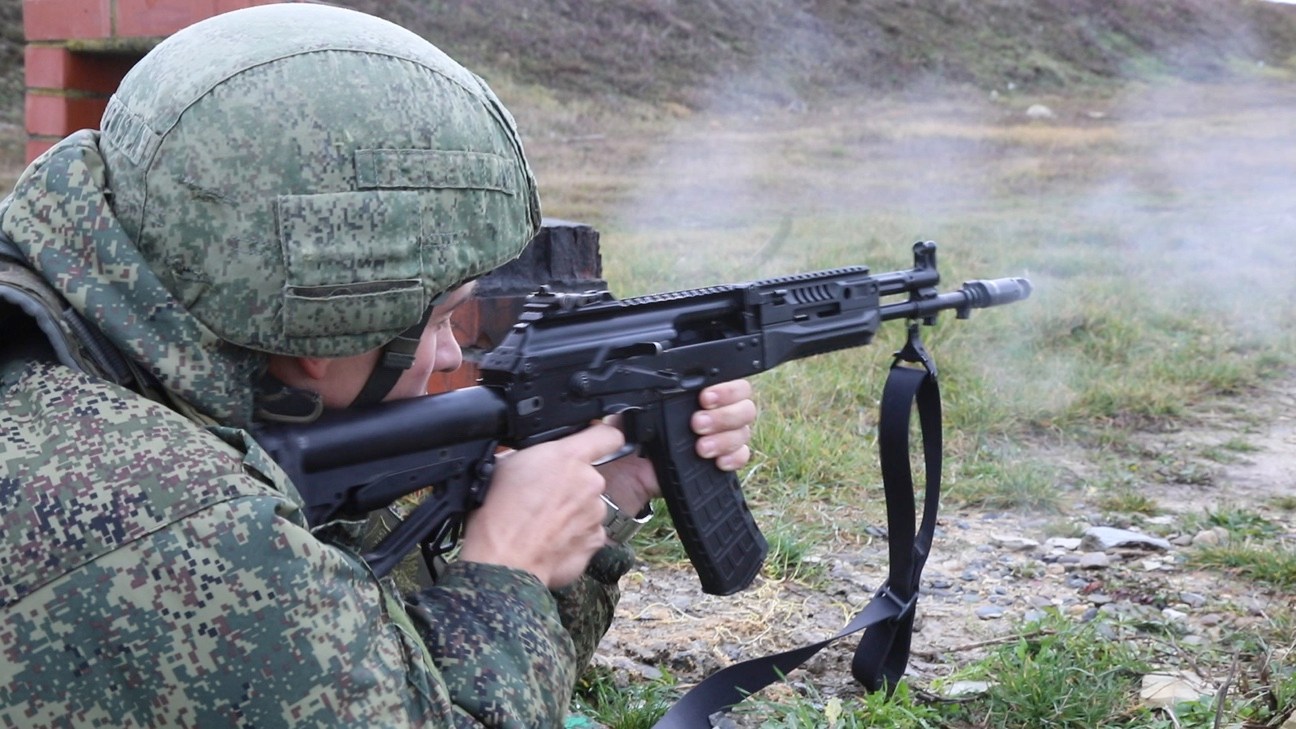
We should recall that in 2020, it was also modernized, and if we compare the 2018 version adopted by the russian army and the 2011 variant, these are absolutely different weapons.
The reason is that the initial sample, which, by the way, significantly differed from the widely used AK-74, failed the 2016 "Ratnik" tests. So the weapon adopted in 2018 under the name "AK-12" was in fact another modernization of the AK-74, which became part of the evolution of this series: AK-74 (adopted in 1974) – AK-74M (early 1990s) – AK-100 (late 1990s to 2010s) – AK-200 (since late 2010s).
The AK-12 of 2011 sample and of 2018 sample are two completely different rifles from the perspective of ergonomics, design of the receiver and integrity of sighting devices.
The 2018 variant adopted by russian army was in fact a "supplemented" version of AK-74, and the only thing different from the Soviet variant was the already mentioned two-round burst fire mode. In order to preserve this feature, russians made the selector uncomfortable (see below) for the user.
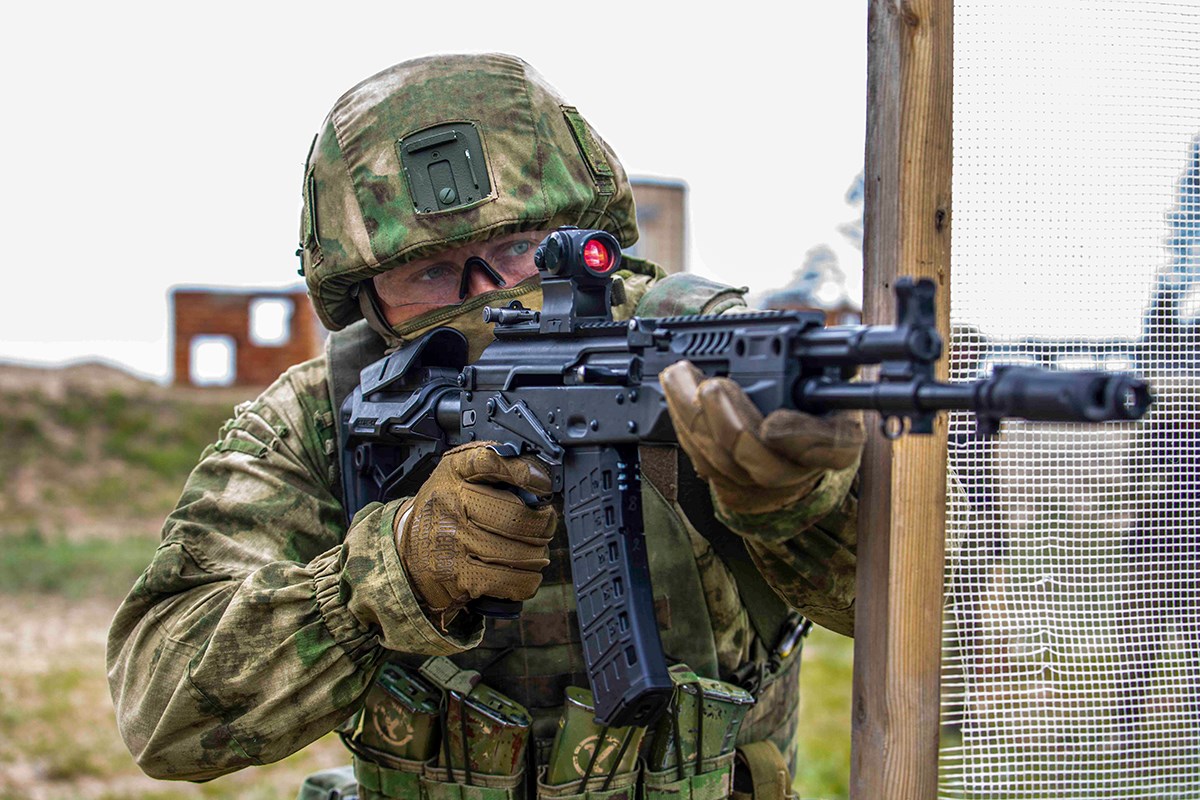
While the AK-12 of the 2011 version had the selector in a traditionally western manner switched by thumb, the 2018 version was traditional in its own way – standard ledge switched by index with an extended angle of rotation.
And with this two-round burst removed for good, the only question remaining is, will there be any difference between the new AK-12 and the AK-74?
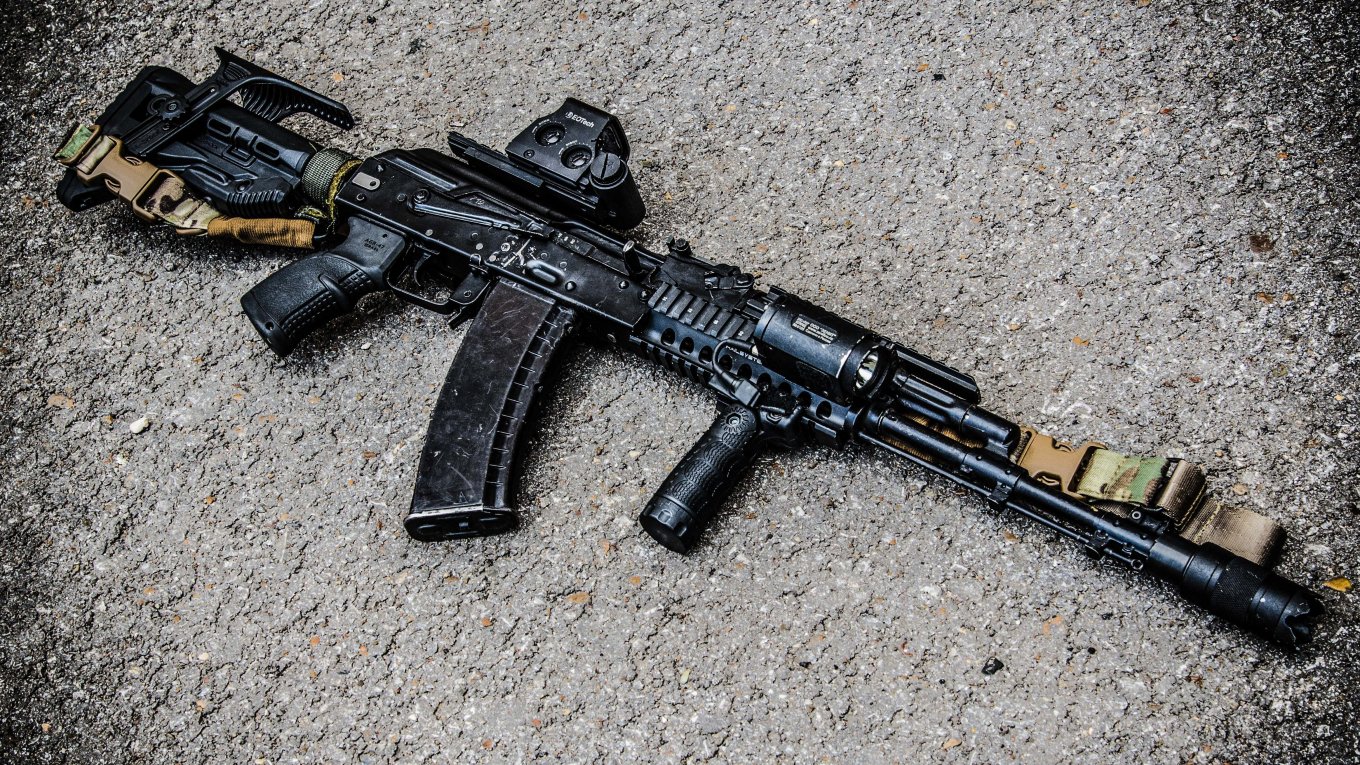
Anyway, all of that will not matter for the reservists who will arrive in Ukraine with 2011 test versions of the AK-12 to try and reinstate in real combat the weapon that failed even the state tests.
Read more: The 10 Most Interesting russia’s Weapons, Which Got Destroyed or Became a Trophy of the Armed Forces of Ukraine




